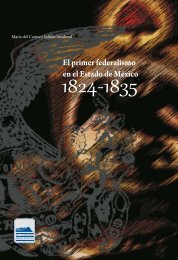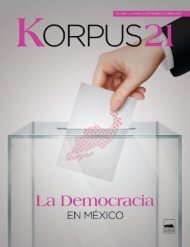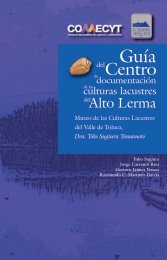You also want an ePaper? Increase the reach of your titles
YUMPU automatically turns print PDFs into web optimized ePapers that Google loves.
MARGARET CHOWNING, A BIOGRAPHY OF A CONVENT AND A PROSOPOGRAPHY OF ITS NUNS<br />
postulants, including baptismal records and testimonials<br />
by witnesses who knew the would-be<br />
nuns’ families and who attested to their “clean<br />
blood” going back several generations, as well<br />
as interviews with the young women. There<br />
were also profession documents, including records<br />
of the liens placed on property to secure a<br />
dowry, and a summary of a pre-profession interview<br />
with the candidate. And there were the records<br />
of elections and interviews with the nuns<br />
(the “secret visit”) associated with the triennial<br />
visitations. I also had regular and extensive correspondence<br />
between the abbesses and the<br />
bishops and vicars.<br />
All this allowed me to construct mini-biographies<br />
of the <strong>10</strong>9 nuns who entered the convent<br />
between 1756 and 1854. 12 I was able to compile<br />
more information about some than others, but I<br />
almost always knew their age at entry and profession,<br />
birthplace, parents and/or circumstances<br />
of birth (for example, whether they were orphaned<br />
or not, whether they were expuesta or<br />
not), and conditions of entry (at full dowry as a<br />
12 Eleven of these <strong>10</strong>9 did not profess, for a variety of reasons.<br />
black-veil or choir nun, at half dowry as a lega or<br />
white veil nun; on scholarship as a choir nun; or<br />
as a donada, a kind of lay sister who performed<br />
domestic service in the absence of personal<br />
servants). This prosopographical information<br />
allowed me to use these non rebellion-related<br />
documents to deepen my understanding of the<br />
convent’s post-rebellion history.<br />
Age structure<br />
The changing age structure of the convent population<br />
proved to be particularly revealing. It was<br />
in the nature of a new convent to have an age<br />
imbalance, and this one was no exception. Novices<br />
and recently professed nuns, almost invariably<br />
young, formed the majority of the convent<br />
populations in just-established convents. But at<br />
La Purísima the age structure was particularly<br />
unbalanced. By 1760, four years after the arrival<br />
of the three founding nuns in San Miguel in February<br />
1756, there were nineteen new nuns, and<br />
the age structure in the convent looked like this:<br />
Figure 1<br />
Age Structure at La Purísima in 1760<br />
Source: Author’s calculations, from entrance and profession documents<br />
72



![bicentenario_1[V2]](https://img.yumpu.com/68677971/1/167x260/bicentenario-1v2.jpg?quality=85)
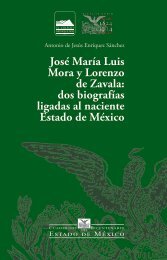
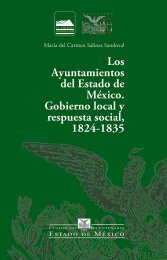

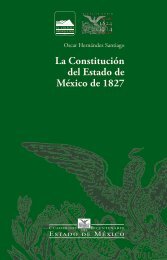
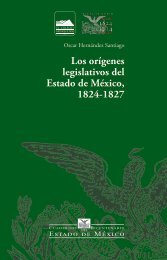
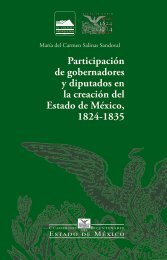
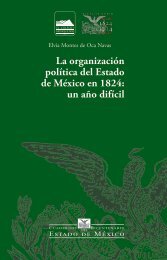
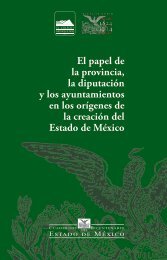
![El_primer_federalismoEM[final]_compressed (2)](https://img.yumpu.com/68483279/1/178x260/el-primer-federalismoemfinal-compressed-2.jpg?quality=85)
